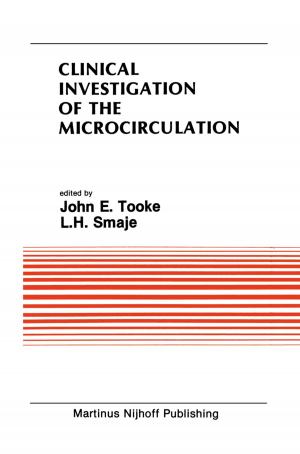New Aspects of Axonal Structure and Function
Nonfiction, Health & Well Being, Medical, Specialties, Internal Medicine, Neuroscience, Science & Nature, Science, Biological Sciences, Zoology| Author: | ISBN: | 9781441916761 | |
| Publisher: | Springer US | Publication: | August 18, 2010 |
| Imprint: | Springer | Language: | English |
| Author: | |
| ISBN: | 9781441916761 |
| Publisher: | Springer US |
| Publication: | August 18, 2010 |
| Imprint: | Springer |
| Language: | English |
Axons are neuronal output elements and are responsible for the transfer and processing of signals from one neuron to another, even over very large distances. For a given neuronal cell type, axons are unique and display very heterogeneous patterns with respect to shape, length and target structure. Axons are the usually long process of a nerve fiber that generally conducts impulses away from the body of the nerve cell. This book is intended to summarize recent findings covering morphological, physiological, developmental, computational and pathophysiological aspects of axons. It attempts to cover new findings concerning axonal structure and functions together with their implications for signal transduction, processes implicated in the formation of axonal arbors and the transport of subcellular elements to their targets, and finally how a dysfunction in one or several of these steps could lead to axonal degeneration and ultimately to neurodegenerative diseases.
Axons are neuronal output elements and are responsible for the transfer and processing of signals from one neuron to another, even over very large distances. For a given neuronal cell type, axons are unique and display very heterogeneous patterns with respect to shape, length and target structure. Axons are the usually long process of a nerve fiber that generally conducts impulses away from the body of the nerve cell. This book is intended to summarize recent findings covering morphological, physiological, developmental, computational and pathophysiological aspects of axons. It attempts to cover new findings concerning axonal structure and functions together with their implications for signal transduction, processes implicated in the formation of axonal arbors and the transport of subcellular elements to their targets, and finally how a dysfunction in one or several of these steps could lead to axonal degeneration and ultimately to neurodegenerative diseases.















